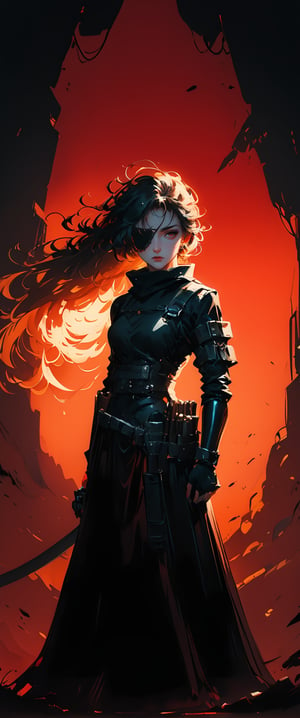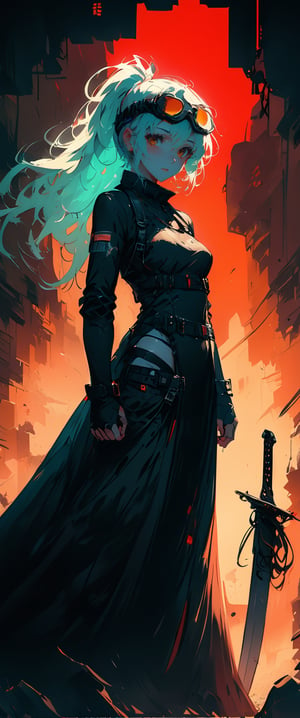Not for commercial use. Research purposes only.
X-Men ('89-'92) Version Guidelines
[Not v1. For v1, skip this part and scroll to bottom]
Overview
Purpose: This version replicates Jim Lee's X-Men style from 1989-1991. Whereas v1 is trained on art that spans the breadth of Lee's career.
Scope: It focuses on Lee's art style, not the X-Men characters themselves. Tagging character names won't work; use separate character LoRAs if needed.
Prompting Tips
Black-and-blue Shading: The "black hair" tag now automatically produces the distinctive comic book black-and-blue shading
Character Poses: Lee often draws characters with "clenched fists." Use the "clenched fists" tag to improve hand drawing quality.
Art Style Tags: Use "traditional media," "hatching (texture)," and "marker (medium)" for style accuracy.
X-Men Specific Tags: Useful tags include "muscular," "bodysuit" (mainly blue, yellow, or red), "gloves," "superhero," "boots," "skin tight," "cape," "leotard," and "domino mask."
Negative Tags: Use "border" to avoid unwanted borders in the artwork.
Drawbacks
X-Symbol Overuse: The LoRA tends to generate the X-symbol frequently, especially when prompted with superhero, bodysuit, or belt-related tags.
Bio
Jim Lee, a comic-book artist, writer, and publisher, commands a legendary status in the world of comics. Joining Marvel Comics in 1987, Lee skyrocketed to fame with his work on The Uncanny X-Men, where his partnership with Chris Claremont birthed iconic characters like Gambit and Omega Red. His distinctive style also influenced the acclaimed X-Men: The Animated Series.
In 1992, Lee co-founded Image Comics, showcasing his visionary talent with titles such as WildC.A.T.s and Gen13. Transitioning to DC Comics, Lee's tenure saw him contribute to seminal storylines like "Batman: Hush" and "Superman: For Tomorrow".
Jim Lee's work is characterized by bold, dynamic compositions, intricate linework and larger-than-life characters that leap off the page. This LoRA is inspired by his iconic aesthetic. See below for guidelines.
v1 Guidelines
Base model: Pony XL
Requires the tag: "in j_lee artstyle"
CAUTION: This LoRA is focused on reproducing the artist's style, which in Lee's case is already an incredibly detailed and intricate concept to train. It has a very limited knowledge of characters. Adding a character's name will only garble the generation results! If you're not using a character LoRA you can focus instead on listing items, clothing, traits, etc.
I highly recommend using this LoRA alongside other Pony XL character LoRAs. Use this LoRA at a weight of 0.7-1 and the character LoRA at a weight of 0.5-0.8, depending on the model. There's a list of some good ones below. Character LoRAs can also provide some stability to anatomy and clothing generation.
Black and white images make up half of the dataset. Lee is primarily a line artist. (Credit goes to Alex Sinclair for the coloring and Scott Williams for most of the inking in the dataset.) The LoRA can recreate quick sketches, pencil work, or full ink compositions. To get black and white, use these two tags together: "monochrome, greyscale". You can aim for pencils by using the tags: "pencils (medium), graphite (medium)". You can aim for inks using the tag: "ink (medium)" or "inks (medium)".
Some other very useful style tags (with dataset representation as a percentage): "traditional media" (37%), "hatching (texture)" (9%), "retro artstyle" (9%).
Lee has also done a few works in watercolor, included in the LoRA. The style can be recalled with: "watercolor (style)".
Check the example pics in the model carousel for more hints about generation parameters!







